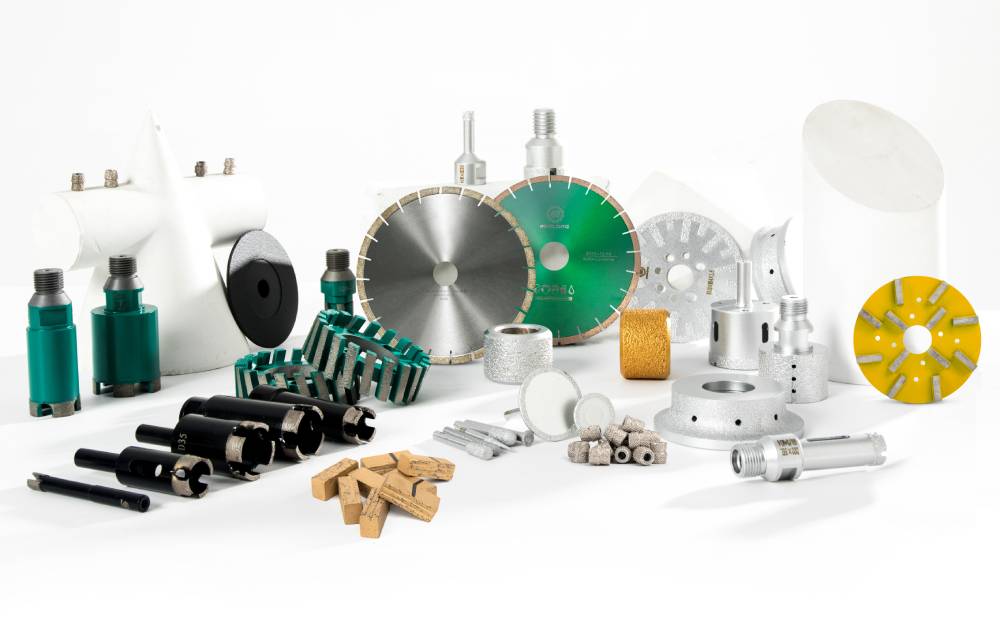When selecting a diamond drill bit bit, the hardness of the diamond composite sheet of the diamond impregnated bit, the density of the diamond composite sheet, and the hardness of the bit matrix should be considered according to the specific rock formation.
For hard rock formations, choose a drill bit with high hardness of the diamond compact. Choosing the correct diamond drill bit bit can make the drilling work more smoothly.
Soft, medium-hard and complete homogeneous hard rock formations are generally suitable for surface-inlaid drill bits; hard, hard and broken, uneven soft and hard, fractured and highly abrasive rock formations should use impregnated drill bits.
How to choose the right diamond drill bit for you
The hardness of the matrix should be selected according to factors such as the abrasiveness, degree of crushing, hardness and particle size of the rock formation, among which the main factors are the abrasiveness and degree of crushing of the rock formation. Carcass.

On the other hand, the matrix selected for rock formations with weak abrasiveness, homogeneous integrity, high hardness and fine particle size (such as “slippery” rock formations) should be soft. For rock formations with strong abrasiveness and hardness, extra-hard matrix should be used. Otherwise, the matrix will be quickly worn away by the rock formation and the drill bit will lose its ability to work.
The rock formation is complex, and the abrasiveness is stronger and harder, the better the diamond grade should be, and the finer the diamond particle size should be.
The rock stratum has strong abrasiveness, is relatively broken, and has coarse particles, so the matrix with higher density is selected.
If the rock layer is soft, broken and abrasive, the carcass is hard, and the impregnated drill bit is used, the water passage section of the nozzle part of the drill bit should be large, and a multi nozzle drill bit should be used. On the contrary, a small nozzle drill bit should be used.
 WANLONG
WANLONG
